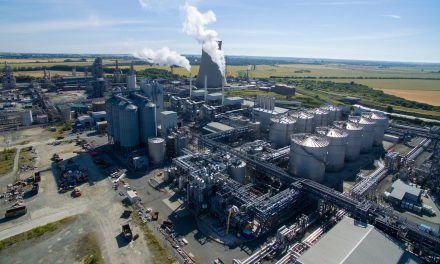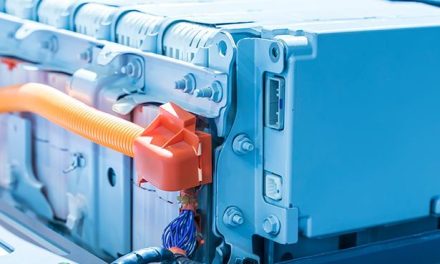The Offshore Safety Directive 2013/30/EU aims to mitigate the risk of major offshore oil and gas incidents. DNV GL offers guidance on meeting these new environmental risk management requirements
The Directive introduces new safety requirements that require operators to identify and manage hazards, and put in place effective response strategies should an accident occur. The Directive has recently been transposed into the national legislation of Member States, obliging operators of both new and existing assets to review and revise their existing safety and environmental policies and procedures.
All existing production installations must comply with the new regulations by 19th July 2018. In the wake of several offshore disasters legislators stepped in to introduce more stringent regulatory requirements for major hazard prevention and mitigation and the new EU Directive is just one of a number of important changes in this area. It seeks to enforce the adoption of best regulatory practices across all EU jurisdictions, and to strengthen the region’s preparedness and response to offshore emergencies.
The new rules apply to owners, operators, licensees and competent authorities in the region, and cover all offshore operations and infrastructure, including fixed and floating assets, and from concept design to abandonment and decommissioning.
How to comply
- Before exploration or production begins, companies must prepare a major hazard report for offshore installations. This must contain a risk assessment and an emergency response plan.
- Technical solutions which are critical for the safety of operators’ installations must be independently verified. This must be done prior to the installation being put into operation.
- National authorities must verify safety provisions, environmental protection measures, and the emergency preparedness of rigs and platforms.
- Companies will be fully liable for environmental damages caused to protected marine species and natural habitats.
Third-party verification
The new regulations require technical solutions that are critical for the safety of installations, as well as SECEs and ECEs, to be independently verified. DNV GL is able to provide independent assurance during design, operation, examination and testing of SECEs and ECEs (as defined in the major hazards report). It is also able to offer independent assurance of well design and well control measures, and can verify and report on any material changes, as required by the competent authority.


